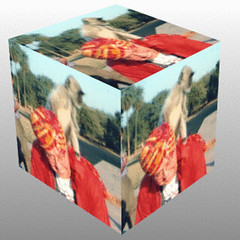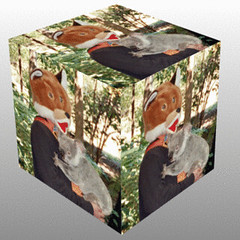To form commands, drop the final -s on the present tense conjugation for the tú form and change the final -r of the infinitive to -d for the vosotros form. The other imperative conjugations (for Usted, Ustedes, and nosotros) use the present subjunctive forms. You use the nosotros form when you mean Let’s + infinitive. Negative commands use no + the present subjunctive conjugations for all forms. So the only forms that differ between affirmative and negative commands are tú and vosotros. Verbs that end in -car, -gar and -zar have the following changes in commands as well: c becomes qu, g becomes gu, and z becomes c.
Affirmative
-ar -er or -ir
tú -a -e
Usted -e -a
nosotros -emos -amos
vosotros -ad -ed / -id
Ustedes -en -an
Negative
-ar -er or -ir
tú -es -as
Usted -e -a
nosotros -emos -amos
vosotros -éis -áis
Ustedes -en -an
¡Habla! = Speak! (tú form)
¡Comed! = Eat! (vosotros form)
¡No comáis! = Don’t eat! (negative vosotros form)
¡Beba! = Drink! (Usted form)
¡Coman! = Eat (Ustedes form)
¡No beban! = Don’t drink! (negative Ustedes form)
There are 8 irregular verbs in the imperative, but they are only irregular for the tú form. The rest of the commands follow the pattern above.
| infinitive | tú form |
| decir hacer ir poner salir ser tener venir |
di haz ve pon sal sé ten ven |
There are several irregular stems that appear in the present subjunctive, and therefore in the imperative.
| infinitive | imperative stem |
| dar | d- |
| decir | dig- |
| estar | est- |
| haber | hay- |
| hacer | hag- |
| ir | vay- |
| poder | pued- |
| poner | pong- |
| querer | quier- |
| saber | sep- |
| salir | salg- |
| ser | se- |
| tener | teng- |
| traer | traig- |
| venir | veng- |
Links
http://www.ielanguages.com/spanish2.html
http://www.youtube.com/watch?v=NjUf_wpLlGs&feature=related
Next: 039 Spanish More Negatives
Word Document at: 038 Spanish Commands
WereVerse Universe Baby!











